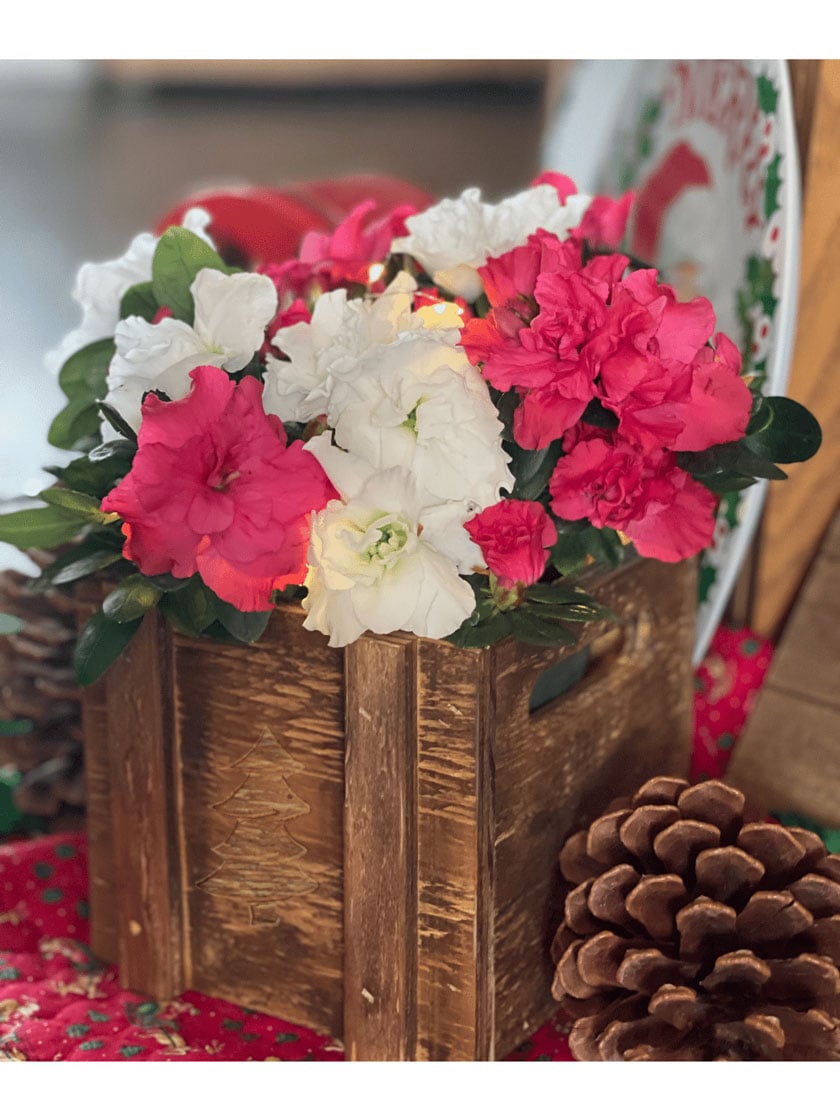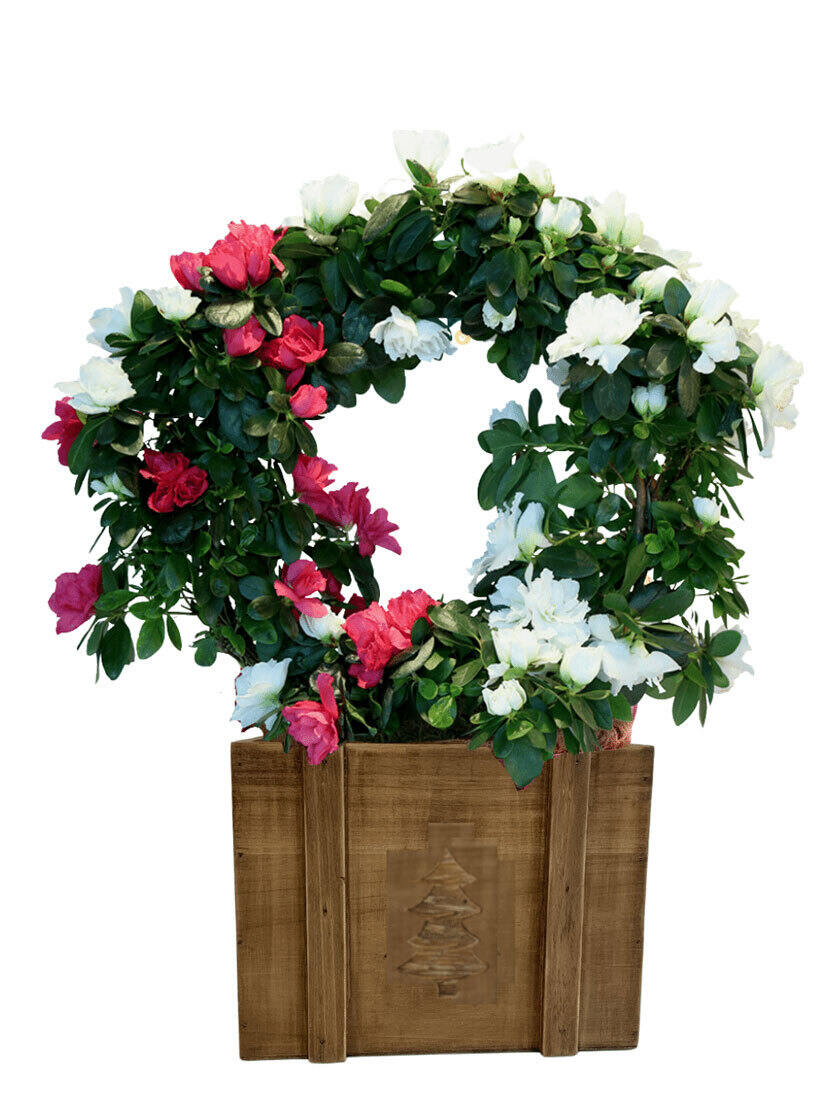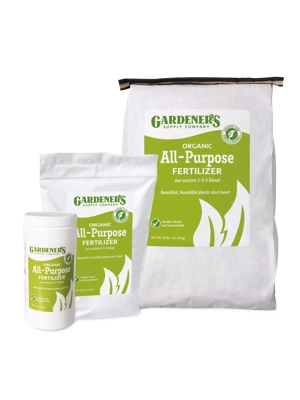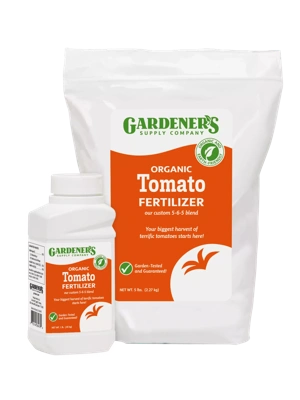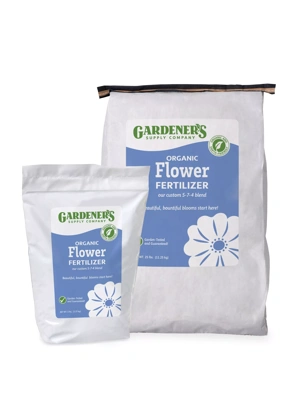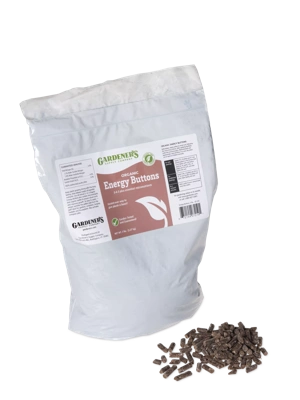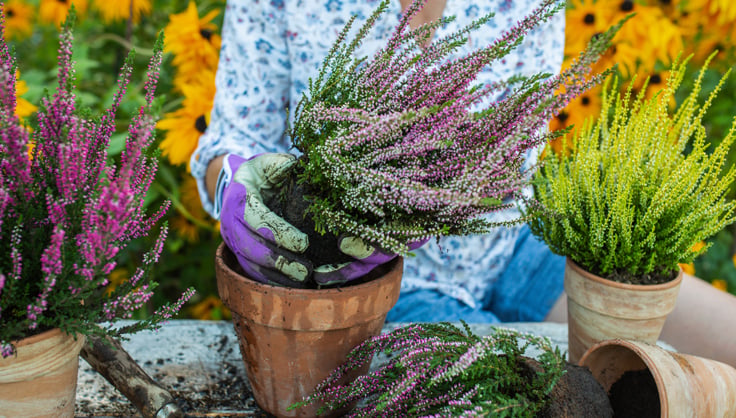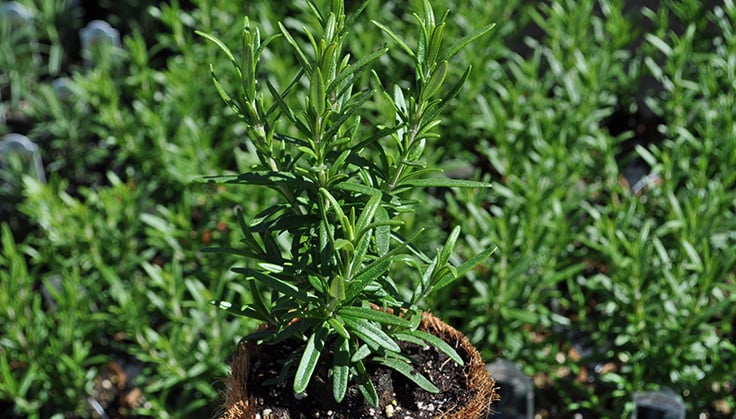Caring For an Indoor Azalea
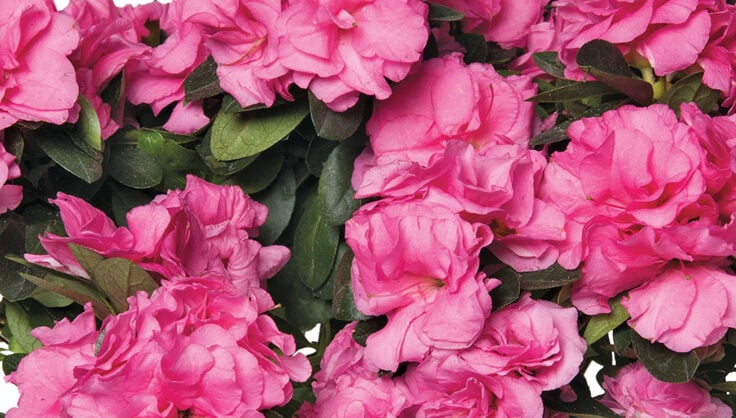
When Your First Receive Your Florist Azalea
You can grow azalea indoors much like any other houseplant, but as with other blooming plants, there are a few tricks you need to know about the care of indoor azalea if you want to keep them blooming year after year.
Azaleas thrive in cooler temperatures — ideally around 60-65°F — and in bright, indirect or filtered light. Cooler temperatures also prolong their blooming period.
Azaleas require consistent moisture — letting the soil dry out between waterings works for many houseplants, but it can be devastating to your azalea. A couple of ice-cubes on top of the soil every day will provide a steady, slow-release supply of water, and keep the soil at just the right dampness.
Give your azalea only water when it's flowering, as fertilizing during this stage will cause the plant to divert energy to foliage growth.
After The Azalea Finishes Blooming
Once blooms have faded, move the plant to a brighter spot and feed with a liquid, all-purpose fertilizer every two weeks.
Getting Your Azalea to Bloom Again Next Season
Getting your indoor florist azalea to rebloom can be tricky, because the plant needs a growing period followed by a chilling period. In the spring, after all danger of frost has passed, you can place your azalea outdoors in partial shade or continue to grow it inside. Because azaleas prefer slightly acidic solid during this period of growth, you may want to switch to a different fertilizer.
Keep your plant well-watered all season. If it needs pruning, cut back any excess growth midsummer. Keep a regular eye out for pests – azaleas can be prone to pesky mealybugs and whiteflies.
Bring your azalea back indoors before the first frost of autumn – checking again for pests before you do so. The last thing you want to do is inadvertently infest your houseplants!
Then, to encourage a second bloom cycle, keep your azalea at a temperature of 40-50°F November through early January. This chilling period is essential for the blooms to set. Give your plant just enough water to keep it from wilting, but don’t over-water and stop fertilizing.
A bright, enclosed, unheated porch is perfect provided temperatures don't dip to or below freezing. A cool basement under a grow light is also ideal.
In early January, move the plant to a spot in the house that hovers between 60-65°F. In a few weeks, you should start to see flower buds forming again!
Getting your azalea to rebloom takes some effort and careful planning, but you'll find the burst of color in the dead of winter worth it!
Last updated: 09/14/2023
Print this Article:
Related items
Related Articles
Get the Dirt
Stay up to date on new articles and advice. Please fill out the information below.

